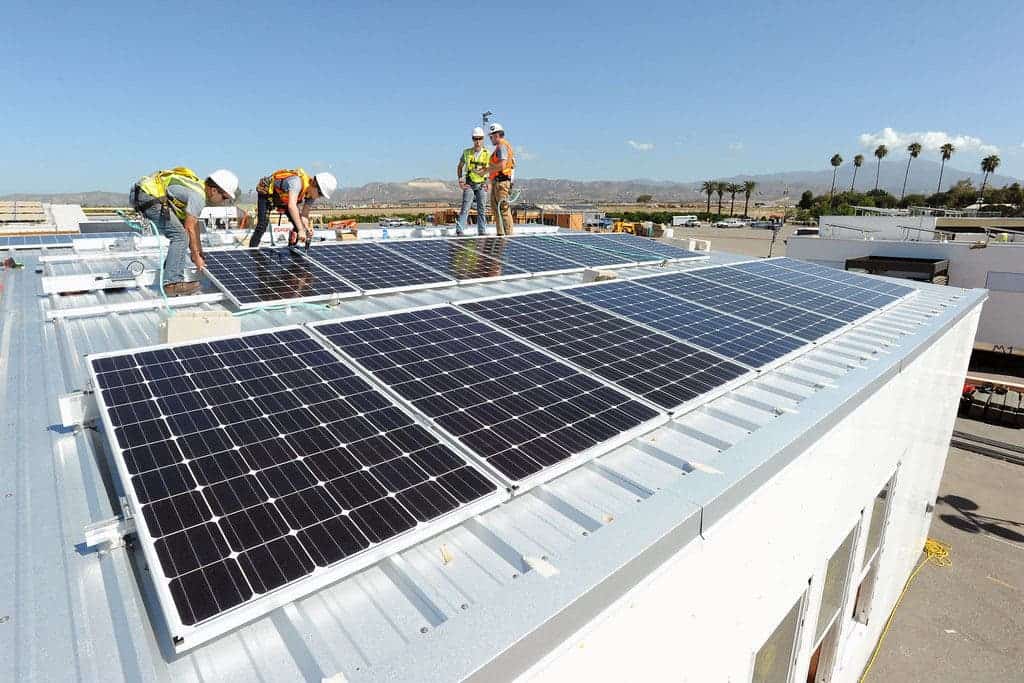The green economy has grown so much in the United States that it currently employs millions and generates over US$1.3 trillion in revenue per year, which represents 16.5% of the global green economy, according to a new study by UCL.

Broadly defined as low carbon, resource-efficient and socially inclusive, the size of the green economy and employment has grown 20% between 2013 and 2016, currently employing 9.5 million people — 1.5 million jobs more than in 2013.
The study, published in Palgrave Communications, showed that while the green economy expanded fossil fuel industries have downscaled. From 2013 to 2016 the coal industry saw a decline of 37.000 jobs.
The trend is now being challenged by US President Donald Trump, who, as part of his plan “America First Energy Policy,” claimed that 400,000 jobs could be created in the fossil fuel sector over the next 30 years.
“The green economy is of huge importance to the US both in terms of economic growth and employment. Further investment in the fossil fuel industry is incompatible with economic trends and could end up damaging the US economy as other countries invest more heavily in their green economy,” said Mark Maslin, co-author of the study.
In order to carry out their study, the researchers used estimates of sales revenue and employment across 24 economic sub-sectors covering renewable energy, environmental protection, and low carbon goods and services.
The study suggests that revenue in the global green economy was at least $7.87 trillion in 2015/16. This is in line with previous findings, such as an FTSE Russell report that revealed that over the last five year, globally green companies generated higher returns than the stock market average.
When compared to China, OECD nations and the G20 countries, the US has an above-average share of the working-age population employed (4%) and higher per-capita revenue from the green economy.
The main growth in green employment in the US has been on renewables, particularly consultancy and wind energy which saw increases of 9.36% and 8.56% in economic value respectively in 2015/16.
The report also highlighted that while the US is currently the largest market in the global green economy with a 16.5% share, other major economies have the capacity to expand and compete with the US.
“Our analysis suggests that the case for driving economic growth and job creation through fossil fuels is weakening, based on the available data,” Dr Lucien Georgeson, lead author said. “In order to support the development of the green economy, the US needs to focus its attention on designing appropriate economic, environmental and education policies.”


